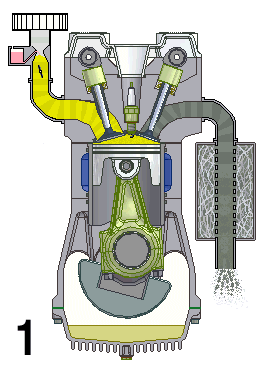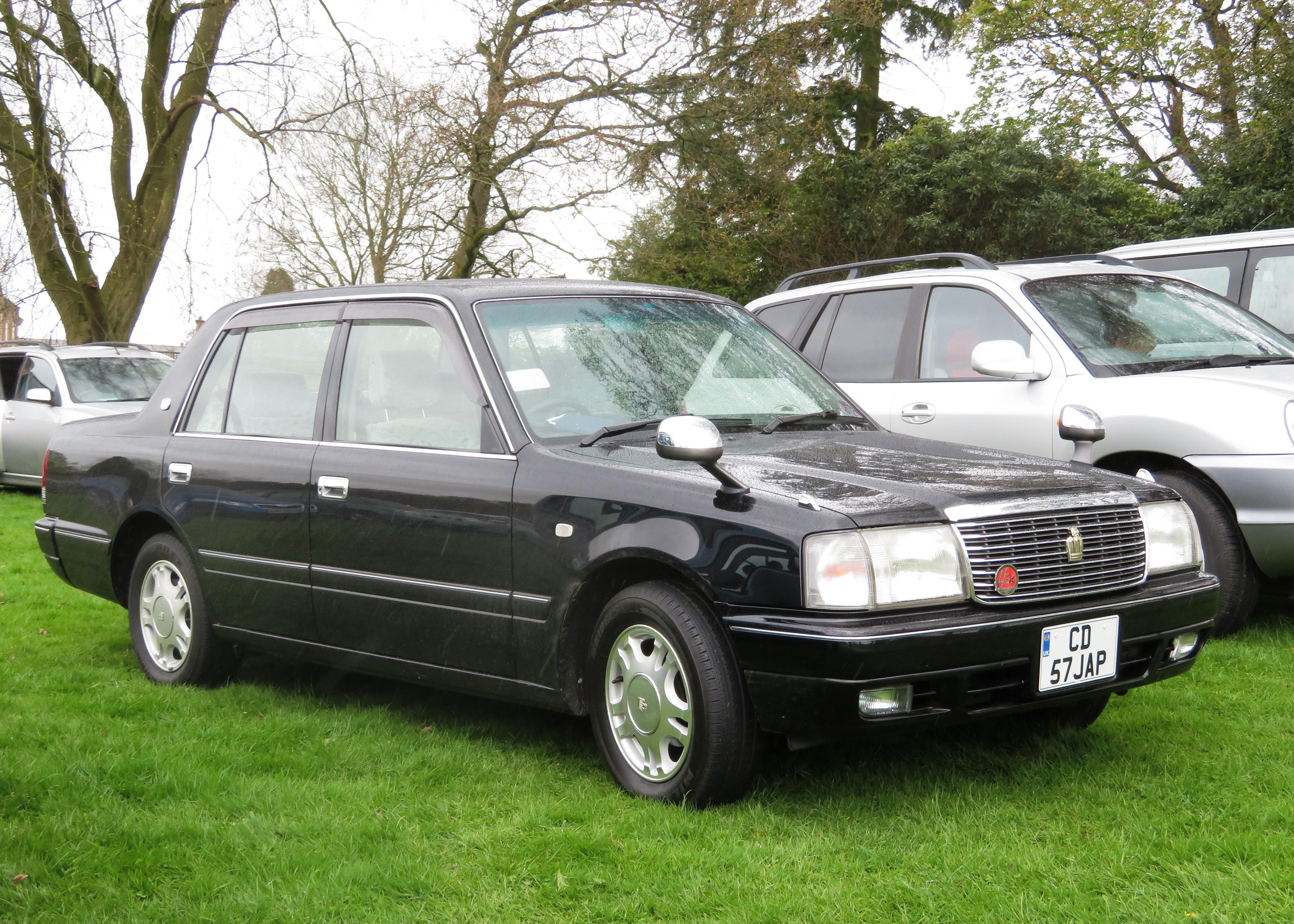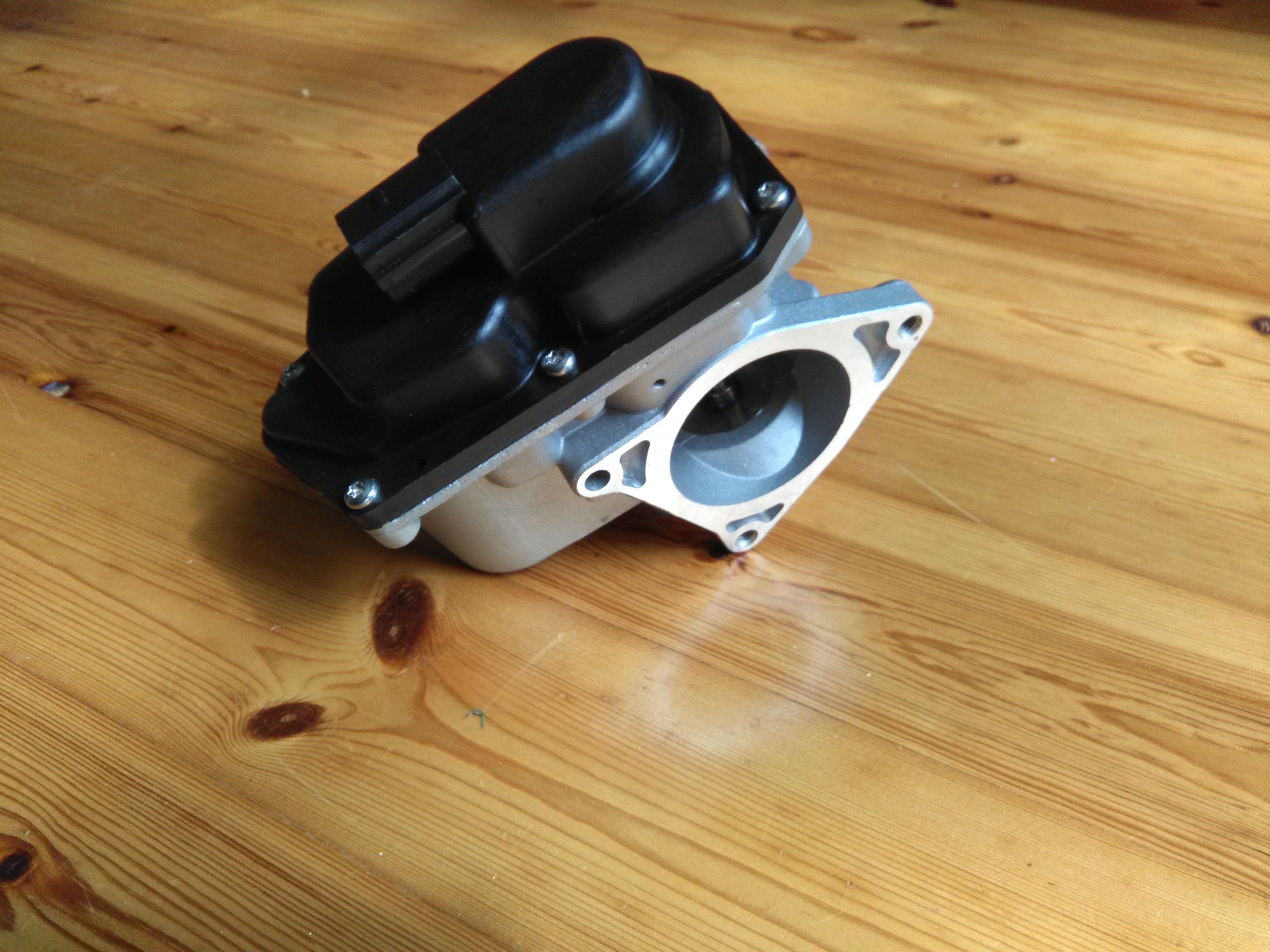|
Suzuki K Engine
The Suzuki K engine family is a series of automobile engines from Suzuki, introduced in 1994. Displacements range from 0.7 L to 1.5 L. All engines have aluminium cylinder blocks with three or four cylinders in-line. Cylinder heads have two overhead camshafts, driven by chain, and four valves per cylinder. Fuel is gasoline/petrol, metered by multipoint fuel injection or direct injection. Some variants are turbocharged. Since 2013, some of the K engines range have been upgraded with Dualjet technology. The upgrades include new two injectors per cylinder, increased compression ratio (improving the thermal efficiency), redesigned water jacket shape, piston cooling by oil jets, water-cooled EGR system and several other changes for fuel efficiency. The turbocharged variant with direct injection fuel system is called Boosterjet. Furthermore, a mild hybrid technology with 12 or 48-volt Integrated Starter Generator (ISG) dubbed as ''Smart Hybrid Vehicle by Suzuki (SHVS)'' ... [...More Info...] [...Related Items...] OR: [Wikipedia] [Google] [Baidu] |
Suzuki
is a Japanese multinational mobility manufacturer headquartered in Hamamatsu, Shizuoka Prefecture, Shizuoka. It manufactures automobiles, motorcycles, all-terrain vehicles (ATVs), outboard motor, outboard marine engines, wheelchairs and a variety of other small internal combustion engines. In 2016, Suzuki was the Automotive industry#By manufacturer, eleventh biggest automaker by production worldwide. Suzuki has over 45,000 employees and has 35 production facilities in 23 countries, and 133 distributors in 192 countries. The worldwide sales volume of automobiles is the world's tenth largest, while domestic sales volume is the third largest in the country. Suzuki's domestic motorcycle sales volume is the third largest in Japan. History In 1909, Michio Suzuki (inventor), Michio Suzuki (1887–1982) founded the Suzuki Loom Works in the small seacoast village of Hamamatsu, Japan. Business boomed as Suzuki built loom, weaving looms for Japan's giant silk industry. In 1929, Michio ... [...More Info...] [...Related Items...] OR: [Wikipedia] [Google] [Baidu] |
Suzuki R Engine
The Suzuki R engine is an inline-three engine that has been produced by Suzuki since 2011. Initially introduced in the third-generation MR Wagon, and intended as a replacement for the K6A engine, the R engine has since been used in various Suzuki's, such as the Alto, the Wagon R, and the Carry. Overview For the release of the third-generation MR Wagon in 2011, Suzuki introduced a brand-new inline-three petrol engine. The new engine, known as the R06A, was available in naturally-aspirated and turbocharged forms, which produced respectively. Introduced as a replacement to the K6A that had been in production since 1994, the R06A features four valves per cylinder (for a total of 12), dual overhead camshafts, with a bore and stroke of respectively. In addition, the size and weight of the engine were reduced by adopting a cylinder head integrated into the exhaust manifold and a simpler catalyst case structure. While this is good for fuel economy and emissions, the exhaust is more ... [...More Info...] [...Related Items...] OR: [Wikipedia] [Google] [Baidu] |
Suzuki Twin
The Suzuki Twin is a kei car built by Suzuki and sold in Japan from January 22, 2003, until October 2005. It was available in both hybrid and non-hybrid versions, making it the first hybrid kei car available in Japan. Under the Japanese test cycle, the standard model was capable of 4.54L/100 km whereas the hybrid variant was capable of 2.93L/100 km. Designed primarily for young females, the Suzuki Twin is slightly longer than the Smart Fortwo. It featured many new and unique features including a passenger seat that could fold completely flat and become a storage tray and a single power window on the driver's side to reduce battery use and cut costs. The Twin's design and concept were first seen in the Suzuki PU3 Commuter concept car at the Tokyo Motor Show The , called (TMS) until 2023, is a biennial auto show held in October–November at the Tokyo Big Sight, Tokyo, Japan for cars, motorcycles and commercial vehicles. Hosted by the Japan Automobile Manufacturers ... [...More Info...] [...Related Items...] OR: [Wikipedia] [Google] [Baidu] |
Kei Car
Kei car is the smallest category of Japanese expressway-legal motor vehicles. The term ''kei'' is a shortening of , (kanji: ), which translates to English as "light vehicle" (). With restricted dimensions and engine specifications, owners enjoy lower tax and insurance rates, leading to a lower overall ownership cost. In most rural areas, they are also exempt from the general Japanese parking-space ownership requirement to legally buy a motor vehicle at all, as street parking is generally restricted in Japan. Japan's carmakers also make microvans and kei trucks within this legal category. Kei cars are favored by both the elderly and younger demographics, including youths and young families, due to their affordability and ease of use. The ''kei'' category was created by the Japanese government in 1949, to stimulate both car ownership and growth of Japan's car industry. The regulations were revised multiple times until 1998, but since October 1998, the law consistently spe ... [...More Info...] [...Related Items...] OR: [Wikipedia] [Google] [Baidu] |
Lean-burn
Lean-burn refers to the burning of fuel with an excess of air in an internal combustion engine. In lean-burn engines the air–fuel ratio may be as lean as 65:1 (by mass). The air:fuel ratio needed to stoichiometrically combust gasoline, by contrast, is 14.64:1. The excess of air in a lean-burn engine emits far less hydrocarbons. High air–fuel ratios can also be used to reduce losses caused by other engine power management systems such as throttling losses. Principle A lean-burn mode is a way to reduce throttling losses. An engine in a typical vehicle is sized for providing the power desired for acceleration, but must operate well below that point in normal steady-speed operation. Ordinarily, the power is cut by partially closing a throttle. However, the extra work done in pulling air through the throttle reduces efficiency. If the fuel/air ratio is reduced, then lower power can be achieved with the throttle closer to fully open, and the efficiency during normal driving (below ... [...More Info...] [...Related Items...] OR: [Wikipedia] [Google] [Baidu] |
Naturally Aspirated
A naturally aspirated engine, also known as a normally aspirated engine, and abbreviated to N/A or NA, is an internal combustion engine in which air intake depends solely on atmospheric pressure and does not have forced induction through a turbocharger or a supercharger. Description In a naturally aspirated engine, air for combustion (Diesel cycle in a diesel engine or specific types of Otto cycle in petrol engines, namely Gasoline direct injection, petrol direct injection) or an air/fuel mixture (traditional Otto cycle petrol engines), is drawn into the engine's cylinder (engine), cylinders by atmospheric pressure acting against a Vacuum, partial vacuum that occurs as the piston travels downwards toward Dead centre (engineering), bottom dead centre during the intake stroke (engine), stroke. Owing to innate restriction in the engine's inlet tract, which includes the Inlet manifold, intake manifold, a small pressure drop occurs as air is drawn in, resulting in a volumetric effici ... [...More Info...] [...Related Items...] OR: [Wikipedia] [Google] [Baidu] |
Powertrain Of Suzuki Wagon R Stingray T
In a motor vehicle, the powertrain comprises the main components that generate power and deliver that power to the road surface, water, or air. This includes the engine, transmission, drive shafts, differentials, and the final drive (drive wheels, continuous track as in military tanks or caterpillar tractors, propeller, etc.). Hybrid powertrains also include one or more electric traction motors that operate to drive the vehicle wheels. All-electric vehicles ("electric cars") eliminate the engine altogether, relying solely on electric motors for propulsion. Occasionally the term powerplant is casually used to refer to the engine or, less often, the entire powertrain. A motor vehicle's driveline or drivetrain consists of the parts of the powertrain excluding the engine. It is the portion of a vehicle, after the prime mover, that changes depending on whether a vehicle is front-wheel, rear-wheel, or four-wheel drive, or less-common six-wheel or eight-wheel drive. In a wider s ... [...More Info...] [...Related Items...] OR: [Wikipedia] [Google] [Baidu] |
Motor–generator
A motor–generator (an MG set) is a device for converting electrical power to another form. Motor–generator sets are used to convert frequency, voltage, or phase of power. They may also be used to isolate electrical loads from the electrical power supply line. Large motor–generators were widely used to convert industrial amounts of power while smaller motor–generators (such as the one shown in the picture) were used to convert battery power to higher DC voltages. While a motor–generator set may consist of distinct motor and generator machines coupled together, a single unit dynamotor (for dynamo–motor) has the motor coils and the generator coils wound around a single rotor; both the motor and generator therefore share the same outer field coils or magnets.Radio Amateur's Handbook 1976, pub. [...More Info...] [...Related Items...] OR: [Wikipedia] [Google] [Baidu] |
Hybrid Vehicle Drivetrain
Hybrid vehicle drivetrains transmit power to the driving wheels for hybrid vehicles. A hybrid vehicle has multiple forms of motive power, and can come in many configurations. For example, a hybrid may receive its energy by burning gasoline, but switch between an electric motor and a combustion engine. A typical powertrain includes all of the components used to transform stored potential energy. Powertrains may either use chemical, solar, nuclear or kinetic energy for propulsion. The oldest example is the steam locomotive. Modern examples include electric bicycles and hybrid electric vehicles, which generally combine a battery (or supercapacitor) supplemented by an internal combustion engine (ICE) that can either recharge the batteries or power the vehicle. Other hybrid powertrains can use flywheels to store energy. Among different types of hybrid vehicles, only the electric/ICE type is commercially available as of 2017. One variety operated in parallel to provide power from both ... [...More Info...] [...Related Items...] OR: [Wikipedia] [Google] [Baidu] |
Start-stop System
A start-stop system (also referred to as idling stop or micro hybrid) is a technology that automatically shuts down and restarts a vehicle's internal combustion engine to reduce idle time, with the aim of lowering fuel consumption and emissions. The system is most beneficial in urban environments, where vehicles frequently stop and start, such as at traffic lights or in congestion.Johnson Controls expands global production of Start-Stop batteries to meet rising automaker demand Johnson Controls Press release, September 16, 2015 [...More Info...] [...Related Items...] OR: [Wikipedia] [Google] [Baidu] |
Mild Hybrid
Mild hybrids (MHEV) (also known as smart hybrids, power-assist hybrids, battery-assisted hybrid vehicles or BAHVs) are generally cars with an internal combustion engine (ICE) equipped with a minimally extended battery and an auxiliary electric combined motor and generator in a parallel hybrid configuration that is only enough for an electric-only mode of propulsion at slow speed and allows the engine to be stopped whenever the car is coasting, braking, or stopped, and then restarted once power is required again. Mild hybrids may employ regenerative braking and some level of power assist to the internal combustion engine. Overview The mild hybrid's electric motor provides greater efficiency through the use of a single device that is essentially an integrated starter/alternator sometimes known as a generator-motor unit. A typical mild-hybrid setup uses a belt-powered generator-motor unit driven off the engine to supply power to a small battery. The generator is also powered throug ... [...More Info...] [...Related Items...] OR: [Wikipedia] [Google] [Baidu] |
Exhaust Gas Recirculation
In internal combustion engines, exhaust gas recirculation (EGR) is a nitrogen oxide () emissions reduction technique used in petrol engine, petrol/gasoline, diesel engines and some hydrogen internal combustion engine vehicle, hydrogen engines. EGR works by recirculating a portion of an engine's exhaust gas back to the engine cylinder (engine), cylinders. The exhaust gas displaces atmospheric air and reduces in the combustion chamber. Reducing the amount of oxygen reduces the amount of fuel that can burn in the cylinder thereby reducing peak in-cylinder temperatures. The actual amount of recirculated exhaust gas varies with the engine operating parameters. In the combustion cylinder, is produced by high-temperature mixtures of atmospheric nitrogen and oxygen, and this usually occurs at cylinder peak pressure. In a spark-ignition engine, an ancillary benefit of recirculating exhaust gases via an external EGR valve is an increase in efficiency, as charge dilution allows a large ... [...More Info...] [...Related Items...] OR: [Wikipedia] [Google] [Baidu] |






